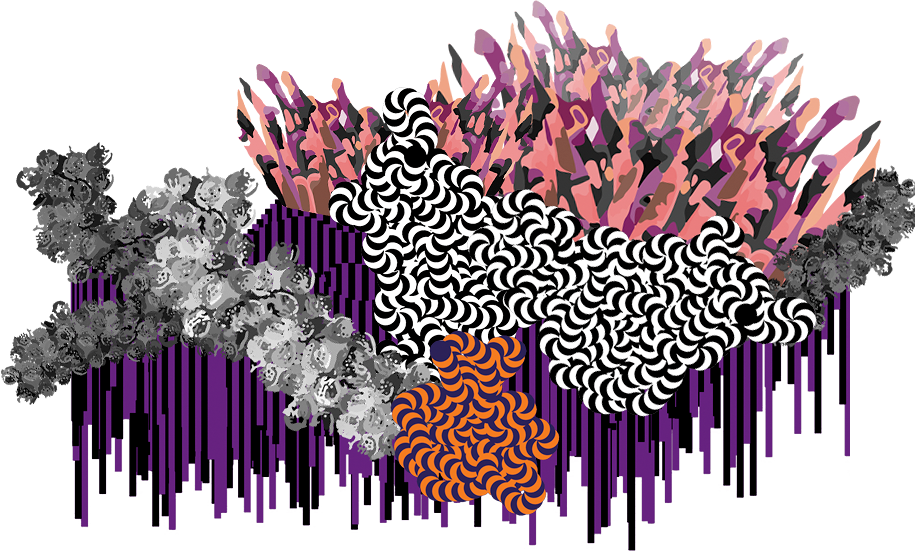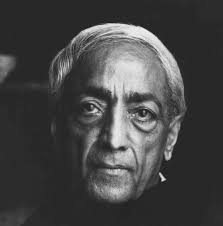LONDON — Is digital art the next big thing in the contemporary art world?
At the moment, the market for art that’s created and displayed on a screen — as distinct from paintings, prints and photos that are generated digitally and then printed — is small. Phillips’s inaugural “Paddles ON!” sale of 20 digital and digitally-related works in New York last October, held in association with the image-posting site Tumblr, was the first such event to be held at an international auction house. It raised just $90,600 — enough to buy a few square inches of a Christopher Wool painting. The top price of $16,000 went for “Asymmetric Love Number 2,” a chandelier made out of CCTV cameras, by the American “anti-disciplinarian” artist Addie Wagenknecht. Continue reading The market for computer-created artwork is growing






